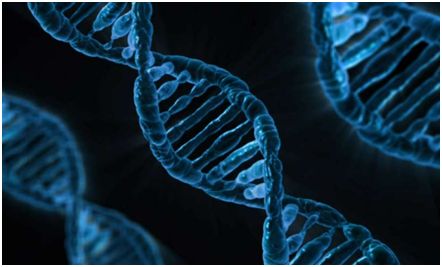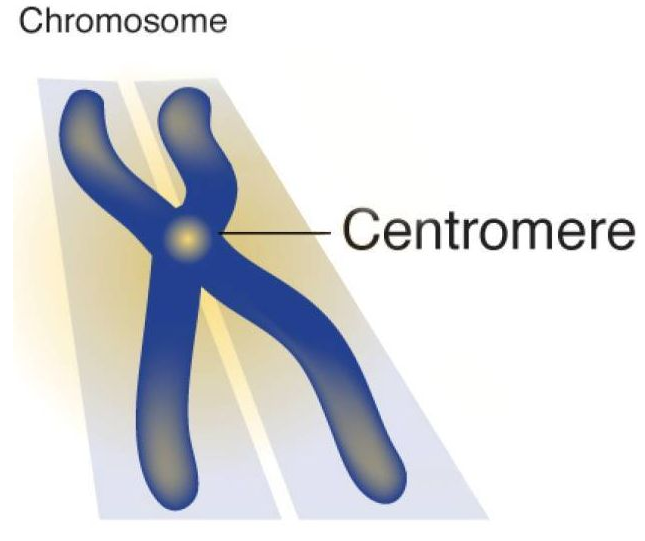• Adenovirus Service • AAV Service • Lentivirus Service • Retrovirus Service




PD-L1 is a classical immunological surface protein that inhibits the anti-tumor function of T cells by binding to receptor programmed cell death-1 (PD-1) and effectively protects tumors from immune surveillance. For estimating the role of exo-PD-L1 in the tumor microenvironment and tumor progression in vivo, researchers measured tumor growth in 4T1-PD-L1 KO cells co-injected with EX-PD-L1 Flag, EX-PD-L1 KO or PBS. Consistent with previous reports, PD-L1 deficiency in 4T1-PD-L1 KO cells resulted in significant tumor regression, however, EX-PD-L1 Flag, but not EX-PD-L1 KO, significantly restored tumor growth in 4T1-PD-L1 KO cells. Then they exposed 4T1-PD-L1 KO cells to increasing amounts of EX-PD-L1 Flag, and the results showed that EX-PD-L1 Flag promoted tumor growth in a dose-dependent manner.

For a very long time, it has been thought that the neurodegenerative disorder of Alzheimer's disease is caused by β-amyloid plaques, which is called Amyloid Precursor Protein (APP), breaking down into fragments and accumulates in the brain to form misfolded, toxic polymers that impede neural communication. In the presence of Alzheimer's disease, β-amyloid plaques will lead to neuronal death directly, or destroy the nutritional supply of brain cells through the action of tau protein phosphorylation (tau protein bending to form neurofibrillary tangles), eventually killing them. However, a new study recently published in Stem Cell Reports by the University of Queensland, Australia suggested that we may need to rethink the biological mechanisms that lead to cognitive decline in Alzheimer's disease.

Recently, researchers at Northwestern University Medical School successfully prevented the growth of glioblastoma which was an invasive form of brain cancer by inhibiting an enzyme called CDK5. The related study has been published in the Journal of Cell Reports.

Recently, researchers from the Hollings Cancer Center at the University of Southern Carolina Medical School (MUSC) discovered that tumor cells use unfolded protein response (UPR) to change the biological clock, which further leads to tumor growth as a key part of the biological clock precisely inhibits the tumor growth process. Related study results being published in the Nature Cell Biology.

While mentioning about Shape-shifter, you may regard it as science fiction stuff, however, they really exist in our DNA. In a new study, researchers describe how two commonly mismatched bases in human DNA - guanine (G) and thymine (T) - can change shape, and thus creating an inconspicuous crosspiece on the DNA ladder, which allows them to survive by evading the body's natural defense against genetic mutations. Related research results were published online in the journal of Nature.

Fragile X syndrome is the most common cause of mental disability in men. One out of every 3,600 boys born is affected. This syndrome can also lead to autism, such as social & communication barriers, and attention & hyperactivity problems. At present, this disease can not be cured.

Hundreds of millions of years ago, plant and animal genomes were littered with viral DNA debris. So far, it has generally been assumed that most of the virus residues integrated into the plant and animal genomes are inactive. But in January 11th, two Cell articles confirmed that some of them might have evolved into the genes that promoted cellular communication by Drosophila and mice experiments.

In the period of infection or tumor growth, a special white blood cell named CD8+T rapidly reproduces in spleen and lymph node, and obtains the ability to kill normal cells of diseased patients. Then these "killers" fully equip themselves for the place where they are needed.

What is man? Is life meaningful? Where will man go?

Things must be put together neatly; check several times whether the door is locked or not before going out... I believe that everyone has such a friend around us. We generally call this behavior "obsessive-compulsive disorder". It is estimated that more than 80 million people around the world suffer from obsessive-compulsive disorder, many of whom develop involuntary obsessive thinking and make repetitive behaviors that are difficult to be understood by outsiders.